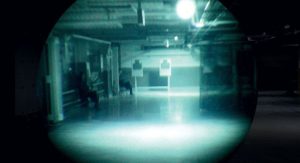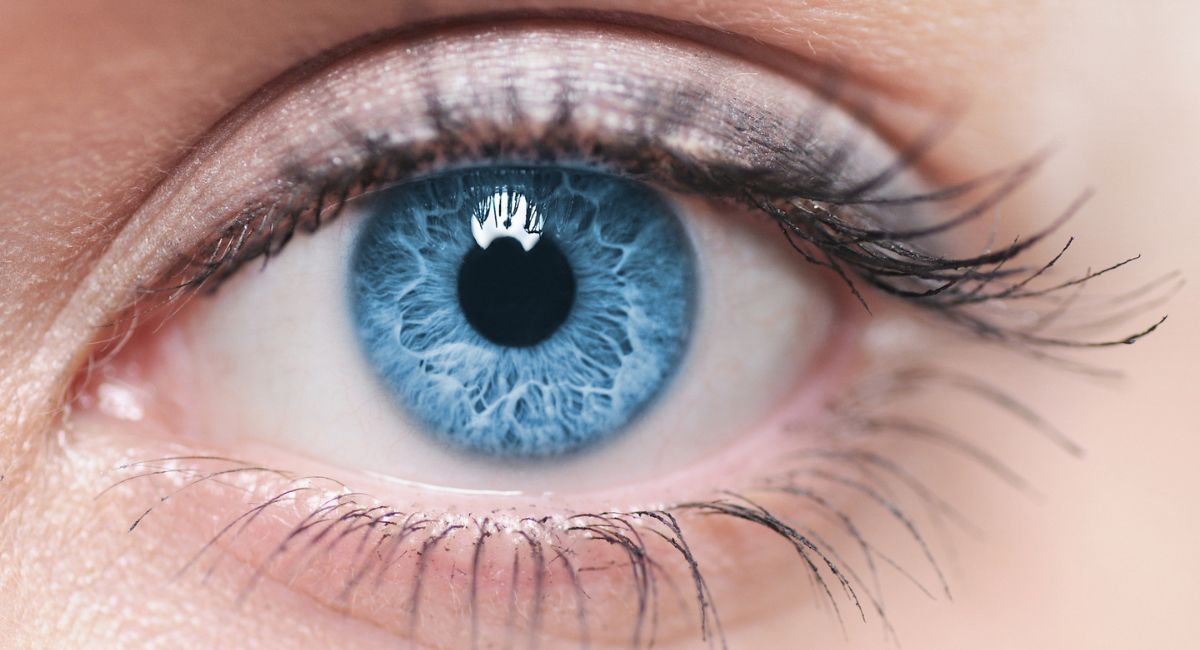Have you ever gazed at a distant mountaintop, a city’s skyline at dusk, or the faintest star shimmering just beyond reach, and wondered: How Far Can the Human Eye See? Whether you’re daydreaming on a beach, navigating a boat at night, or just curious about human vision, this article will answer that question — and more — with fascinating insights, clear examples, and practical takeaways.
You’ll walk away understanding why the horizon looks the way it does, how atmospheric conditions and your own biology influence your view, when your sight hits its limits, and what you can do to maximize clarity. Let’s explore the world — and the limits of your gaze — together.
What Does “How Far the Human Eye Can See” Actually Mean?

- Definitions and Scope
“How far can the human eye see?” touches on a few concepts:- Geometric horizon: the distance you reach when Earth’s curvature hides the rest.
- Visibility of distant objects: like ships, buildings, mountains, or stars.
- Visual acuity and detail: clarity at long distances—can you read a sign or just know something is there?
- Night vs. day vision: how light availability changes what you can detect.
Let’s break these down separately.
Unraveling the Layers: From Horizon to Stars
Geometric Horizon: Earth’s Curvature Sets the Limit
When standing on level ground, your eyes are roughly 1.6 meters (about 5 feet, 3 inches) off the surface. Earth’s roundness means the horizon sits at about 4.7 kilometers (2.9 miles) away. Raise your height to the top deck of a cruise ship or a cliff, and suddenly that horizon stretches farther.
This explains why a mountain that seems impossibly distant can still loom into view — atmospheric conditions permitting. So, seeing “forever” isn’t a myth; it’s just Earth’s shape at play.
Atmospheric Clarity: The Invisible Curtain
Even if sight reaches beyond the geometric horizon, air quality, humidity, haze, heat shimmer, pollution, and other particles can block your view. On a crystal‑clear day, you might glimpse peaks tens of miles away. At night, low light morphology and air clarity affect how many stars you see, with the Milky Way faint but visible from pristine dark skies.
Detail Visibility: Distinguishing Shapes and Letters
Spotting something far away doesn’t mean seeing it clearly. Recognizing an object at a distance depends on size, contrast, and what’s called visual acuity. For instance, under ideal conditions, the average human with 20/20 vision could make out a lighthouse’s light 20 miles out—but discerning its structure? Much closer.
Star Gazing: Into the Cosmic Dark
In the absence of artificial light, your eye can bring distant galaxies into view. The Andromeda Galaxy is visible as a smudge without a telescope — over 2.5 million light‑years away. But that’s naked-eye visibility of luminous, large-scale objects, not detail or color.
Why Understanding Vision Distance Matters
Everyday Benefit
- Navigation: spotting land, obstacles, or hazards from afar.
- Outdoor activities: hiking, driving, photography, and astronomy all rely on knowing what “seeing distance” means for you.
Safety Factor
On the road or water, being able to recognize shapes, signs, or safety markers ahead of time can prevent accidents. Knowing visibility distance helps set safe speeds or call for help earlier.
Enriching Everyday Moments
Whether chasing a sunset, watching wildlife, or stargazing, knowing your visual limits helps you position yourself for the best possible view.
Common Misconceptions and Challenges
Myth: Humans Can’t See Past the Horizon
Yes, you can — if you’re tall enough or atmospheric conditions are perfect, you’ll see more. But usually, the horizon appears sharp because of Earth’s curve and visual contrast lines.
Misunderstanding: Seeing = Recognizing
Spotting a distant object doesn’t mean you identify it. You might see a mountain outline but not know if it’s Mount Fuji or Kilimanjaro… unless you’re standing right under it.
Night Vision Assumptions

Your peripheral vision picks up light better in the dark, but detail is weak, and light pollution drastically cuts your starry view even in semi‑rural areas.
How to Improve What You See — And What You Miss
1. Elevate Your Viewpoint
Stand on a hill, climb a platform, or even raise your phone camera a few inches — you gain visibility of more distant landmarks and horizon distance.
2. Improve Atmospheric Clarity
Smokeless stoves, clean air days, less haze help you see farther. On clear, dry mornings or after storms, you’re at your best.
3. Use Aids Wisely
Binoculars, telescopes, zoom lenses — they magnify and sharpen distant objects. Even a camera with telephoto lets your eye “see” more than naked vision.
4. Adapt Your Eyes for Night
Give yourself 20–30 minutes of darkness to let your irises expand and sensitivity increase — essential for spotting faint stars or distant lights.
Real-Life Snippets
- A beach walker sees just a few miles ahead, but from the top of a dune, suddenly you make out cliffs over the horizon.
- A lighthouse operator at sea might spot the light eighty kilometers away due to elevation and brightness — rather than detail, it’s the beam that stands out.
- An amateur astronomer camping in the desert sees the Milky Way band high overhead, while in the city the same sky looks pale and washed out.
These illustrate how context, height, and ambient light all work together to shape your view.
Mistakes to Avoid When Judging Visibility
- Assuming what you see is what it is: distant mountains may look close during sharp focus but are far away.
- Overestimating star visibility: indoor lighting, streetlights, and haze can make you think you’ve lost night vision — when it’s simply washed out.
- Relying on slope or angle to judge distance: your eye interprets perspective; things can look deceptively near or far.
Tips, Comparisons, and Alternatives
| Strategy | What It Helps With |
|---|---|
| Elevation (hills, ladders) | Extends visible horizon and line-of-sight distance |
| Binoculars / Telephoto | Detail at long distances (letters, structure) |
| Night adaptation | Improved star and faint-light recognition |
| Clear air—avoid haze | Visibility of mountains, city skylines, objects |
| Comparison to simulations | Apps or maps showing horizon line, visual reach |
What Science and Trends Say
- Curvature-based calculations: instructional science models use eye height to calculate horizon distance mathematically.
- Visibility indexes: meteorologists measure haze, pollution, and humidity to estimate real visibility range.
- Astronomy apps: today’s stargazing tools show you what your eye could see from your exact location, date, and time, offering real-time visualization.
Frequently Asked Questions (FAQs)
How far can the human eye see at sea level?
Typically, about 4.7 km (2.9 miles) to the geometric horizon when standing upright — but atmospheric clarity can let you see much farther if conditions are perfect.
Can you see past the curvature of Earth?
You can see objects beyond the horizon if they’re elevated. For example, you might spot a ship’s mast long before the hull appears over the curve.
How far can I see at night?
That depends on light. Against a dark sky, bright stars may be hundreds or thousands of light‑years away, but visible only as points of light. Detail is extremely limited without optical aid.
Why do mountains look closer than they are?
Atmospheric perspective plays tricks on your brain: haze, contrast reduction, and focus cues compress perceived distance.
Does vision differ for beginners vs. experienced observers?
Beginners might overlook faint objects; experienced stargazers or sailors learn to notice subtle cues—like just a glint of reflection or dark outline at the horizon.
Any tips for clearer vision when hiking or traveling?
Yes — choose early morning or post-rain for clear skies, position yourself above ground level, limit atmospheric interference, and consider carrying binoculars for distant clarity.
Final Thoughts and Next Steps
You’ve traveled from eye height to star maps though deserts, mountains, and the psychology of vision. Now, here’s what you can do next:
- Head outside at sunrise or sunset to test your own “horizon math.”
- On hazy days, note how distant features fade away.
- At night in a dark spot (away from city lights), let your eyes adjust and see how many stars pop out—maybe even catch the Andromeda Galaxy as a faint smudge.
In exploring how far the human eye can see, you’ve gained insight not just into distance, but into wonder — the simple magic of human perception, how it shapes your experience of the world, and how just a little change in position or light can open up a whole new vista. Keep looking, keep questioning — your view has more to offer than ever.

